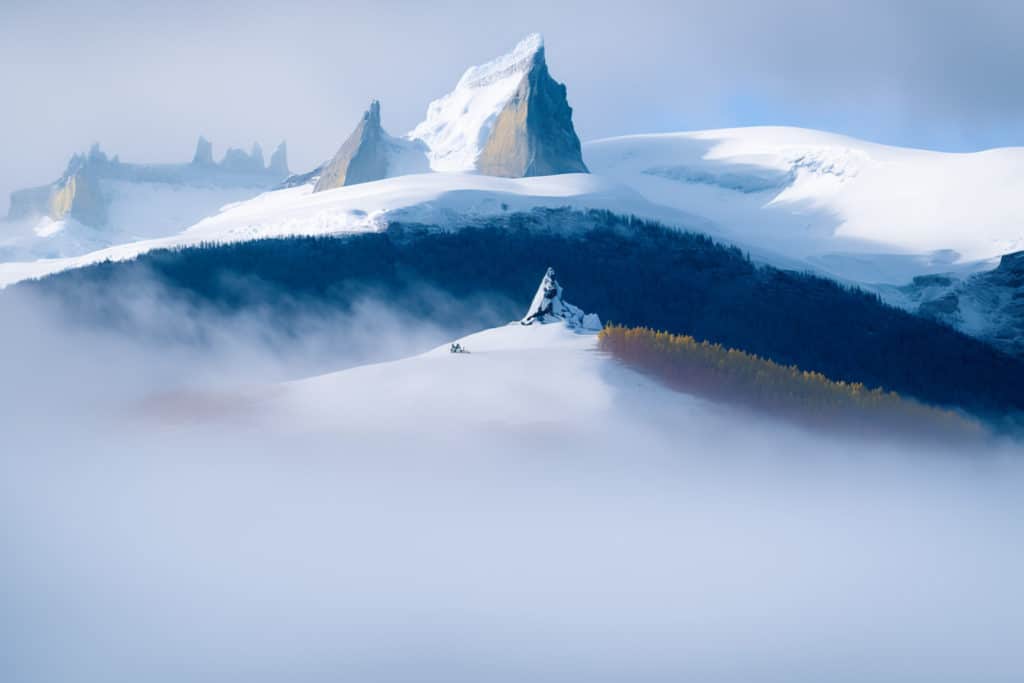
What is Artificial Intelligence (AI) and How Does it Work?
If you have been paying any attention on social media these days, you might notice that there are a lot of photographers that are incredibly excited about this new thing called AI image generation, and an equal number of photographers who are losing their minds over it. Photographers are screaming at the tops of their lungs: “AI is the end of photography!” I can only imagine that this is what it must have been like when Photoshop was first introduced or when the first digital camera was advertised. Whenever there is a new system or technology introduced that has the potential to be very disruptive, you tend to see people get angry, nervous, excited, and sad – some all at once! While this is understandable, I don’t think the sky is falling quite yet! Let’s examine AI and how it may or may not impact us as photographers.
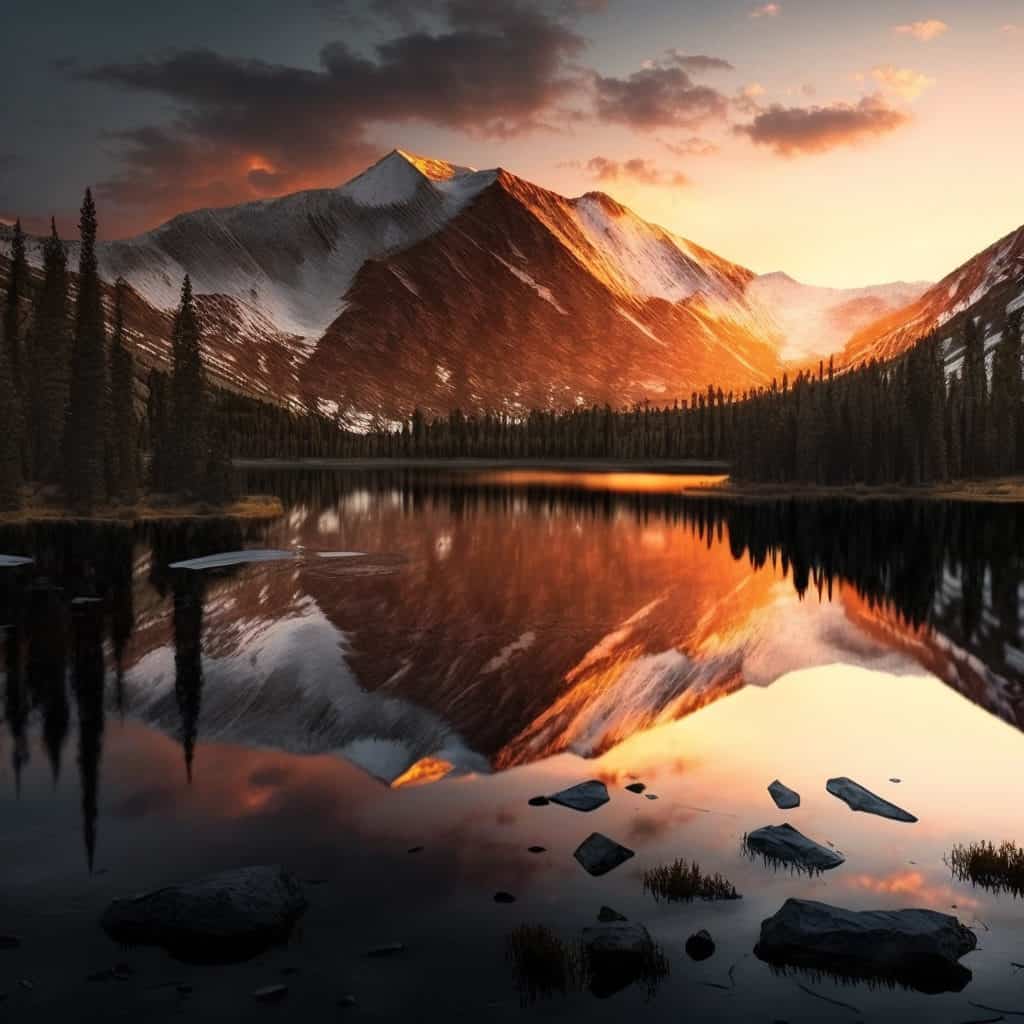
For starters, if you want a fantastic primer on how AI systems work in more detail than I can provide here, you should check out the excellent article by Tim Parkin in his magazine OnLandscape. In a nutshell, computer programs are written to examine millions of images, training the AI system to learn how to generate similar images based on keywords and text prompts. Now, let’s first clear up a common misperception about AI – these systems do not “store” your photographs and use them as references to paint new versions. Rather, the systems use an algorithm that looks through many millions of images that have text associated with them (think keywords and alt descriptions), which then generates a database of concepts, shapes, colors, etc. based on these keywords and associated images. This database can then be tapped into by the system when a prompt is typed into the system which then returns a series of results that may or may not resemble what was entered as text. For example, if you typed “A Colorado Lake at sunset with Mountains” into Midjourney, a popular AI generation tool, it may return a result that somewhat resembles an actual location but not exactly. The more words used in the prompt may let the user hone in on a result that they really had in mind but in actuality the user has limited control over the final result of what the AI system creates for them.

How are Artists Using AI?
There is not really a limit to what you can do with AI image generation and I think that is why it is so appealing to creatives like photographers. Some photographers are generating AI images and sharing them on social media to great fanfare. Others are taking their own photographs and uploading them as inspiration for the AI system to then make changes to it based on word prompts. For example, I uploaded my photograph, “Capitol Peak Clearing Storm” and added the words, “Red Sunset Colors, Snowy Trees, Birds flying through clouds” and asked Midjourney to imagine it as a new image.
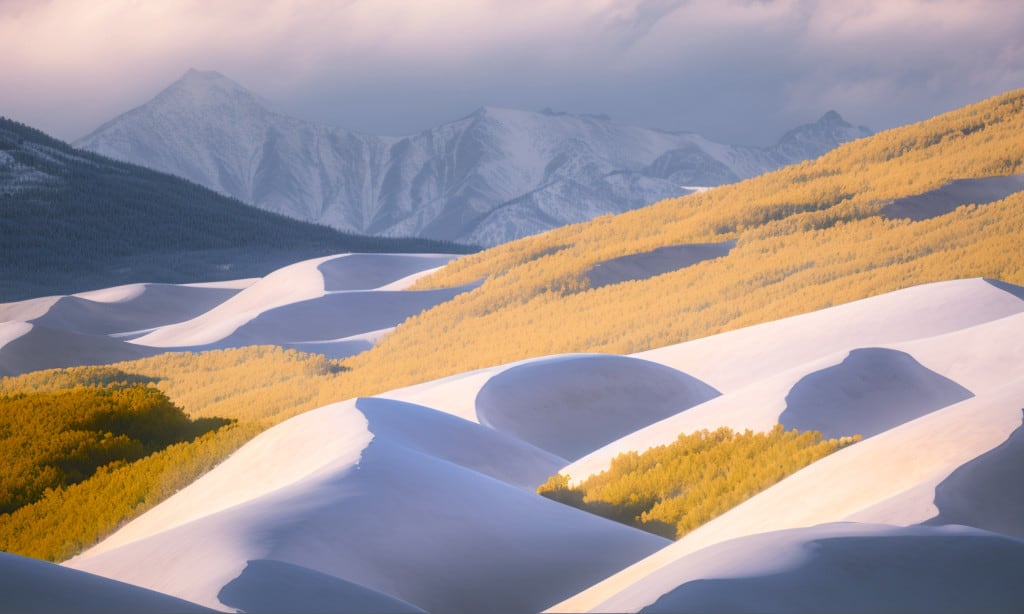
Or you can upload 2-5 images and ask the AI system to blend them into a new image. The results are interesting. What I am seeing some photographers do is take these photographs and then work them further inside of Photoshop in order to make artistic adjustments to them to match their vision for the end result. Others yet are using AI as a conceptual starting place for a sequence of images based on a theme. And others yet are simply uploading the results and calling them their creations with little to no explanation. Whatever you think about the above use cases, I can verify that it is fun to take the systems for a spin.
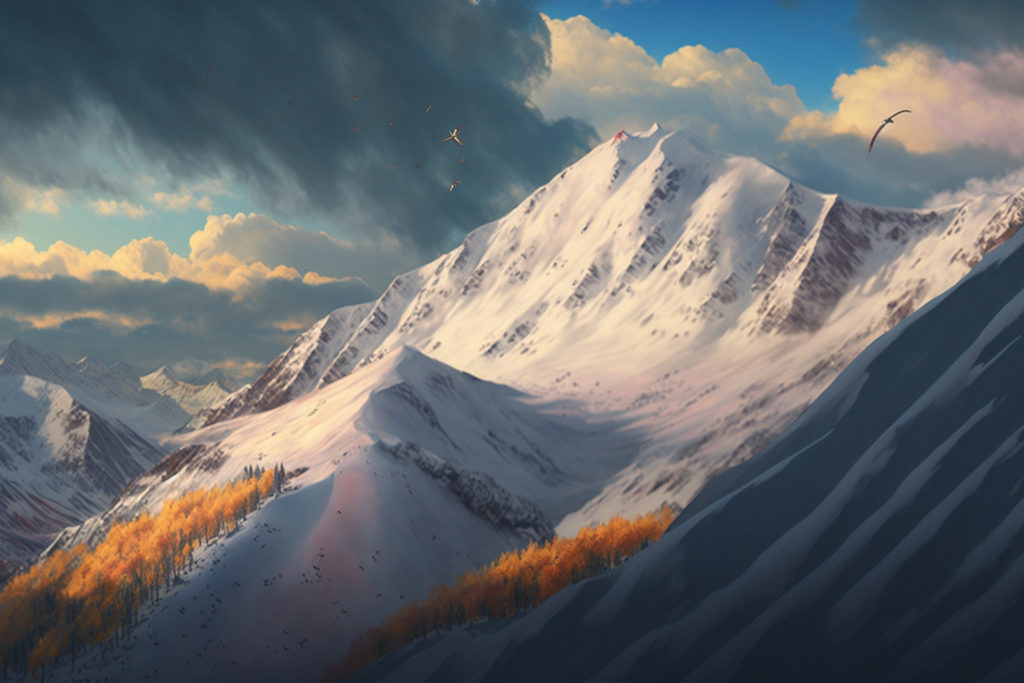
What About Copyright?
I’m sure by the time I’m done writing this article there will be new news about the copyright implications of AI generated images; however, as the case stands today it looks as though there is some clear guidance emerging from the courts on this. While the copyright office has declined to register works created “solely by a machine with artificial intelligence,” it seems somewhat likely that it will be possible to register AI created images due to the fact that user-initiated prompts are needed to generate the work. With that being said, as I’m writing this article today, the U.S. Copyright office issued a ruling on a case involving a graphic novel. The graphic novel was written and “illustrated” by Kristina Kashtanova using AI generative imaging where Ms. Kashtanova made very minor changes to the AI generated images she used in the novel. Set aside the fact that Kashtanova used the likeness of a real person (the actress Zendaya) to generate the prompts, as that may invoke other questions you might have about the artistic provenance of the images. In the end, the Copyright Office granted copyright to the novel itself but not as AI artwork:
“The Office has completed its review of the Work’s original registration application and deposit copy, as well as the relevant correspondence in the administrative record. We conclude that Ms. Kashtanova is the author of the Work’s text as well as the selection, coordination, and arrangement of the Work’s written and visual elements. That authorship is protected by copyright. However, the images in the Work that were generated by the Midjourney technology are not the product of human authorship. Because the current registration for the Work does not disclaim its Midjourney-generated content, we intend to cancel the original certificate issued to Ms. Kashtanova, and issue a new one covering only the expressive material that she created.”
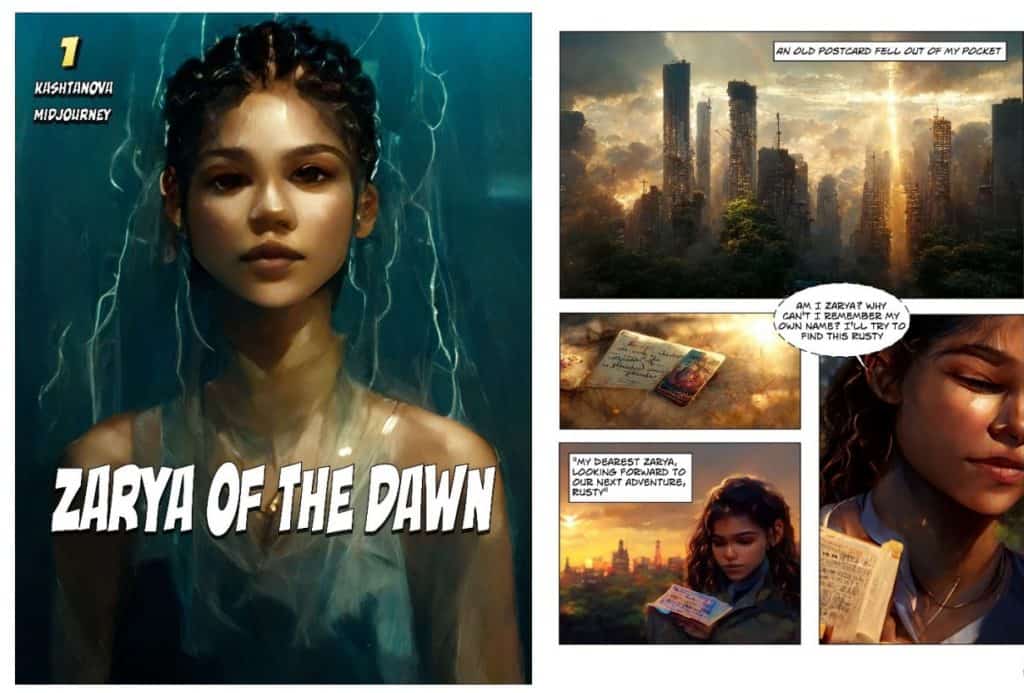
As far as AI generated images meeting the standard for copyright, we still don’t know for sure and I think this will be battled in the courts for a long time.
On the flip side of the equation, there is mounting pressure from artists claiming that these AI systems are using their copyright-protected work to “train” the AI systems, without their permission, thereby violating their copyrights. To understand why this argument likely won’t go very far in the court system, we must first understand what copyright plaintiffs must prove to get infringement damages:
- That the copied work was protected under the copyright law (easy).
- That the copied work was actually copied because there is a substantial or striking similarity between the original and accused copy (not so easy).
- That the copying is not excused in some way (i.e., fair use – almost impossible).
Based on these three criteria that exist for copyright infringement, it seems unlikely that any plaintiff could win a case. While it would be simple enough for them to prove that their work is protected by copyright, there is rarely little to no similarity between the original photographs and the AI generated images, which makes it hard to prove substantial or striking similarity. In fact, it is unclear whether any particular AI generated image can be traced to any particular training image. Even more problematic, earlier court cases have permitted near verbatim reproduction as a fair use such as with the Google Books case. The courts perceived that the end result was transformative enough in character to allow fair use. As such, it seems very unlikely that the courts would now rule that AI generated images, which barely resemble the underlying training images, would get past the fair use doctrine.
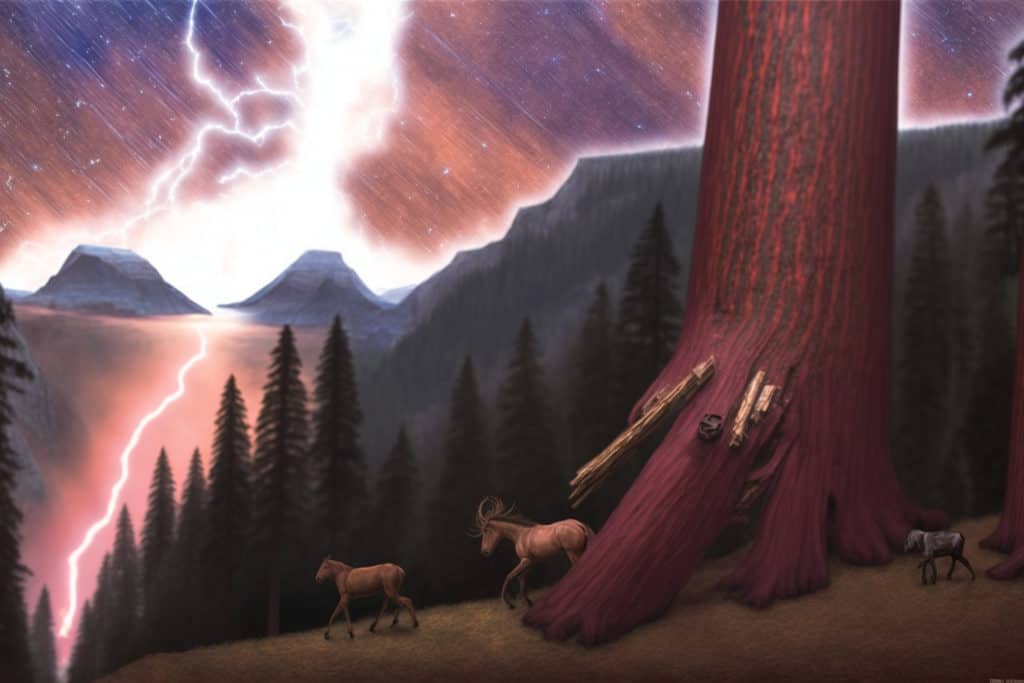
Are AI Generated Images Considered Art?
I’ve seen a lot of photographers exclaim things like, “AI isn’t art!” At first glance when AI images started popping up, I held similar beliefs, until I did some thoughtful analysis on what constitutes art to begin with. First of all, I think we tend to hold art in higher regard than we probably should. The litmus test for something to be art is actually quite low. For example, someone actually auctioned off an invisible statue made of nothing, for over $18,000. Certainly the buyer thought it was art. The dictionary says that art is, “the expression or application of human creative skill and imagination, typically in a visual form such as painting or sculpture, producing works to be appreciated primarily for their beauty or emotional power.” Using this as our yardstick, are AI generated images art? I suppose one could argue that entering prompts into a computer system requires some creative skill, and certainly imagining the end result that went into the formulation of those prompts requires some imagination. So, I would argue that AI generated images do pass the “art” sniff test; although, I would personally not place a ton of value in said art since I don’t think it requires a great deal of skill to create. That’s my own personal value for art however, and you are free to value different things in different ways. Art is kind of awesome in that way.
With all that being said, I think some photographers should probably get off their high horse when it comes to evaluating AI generated imagery in the context of creativity. I am personally seeing much more originality from some AI “artists” than many photographers who simply replicate popular iconic destinations or copy someone else’s composition (sorry if that offends you).
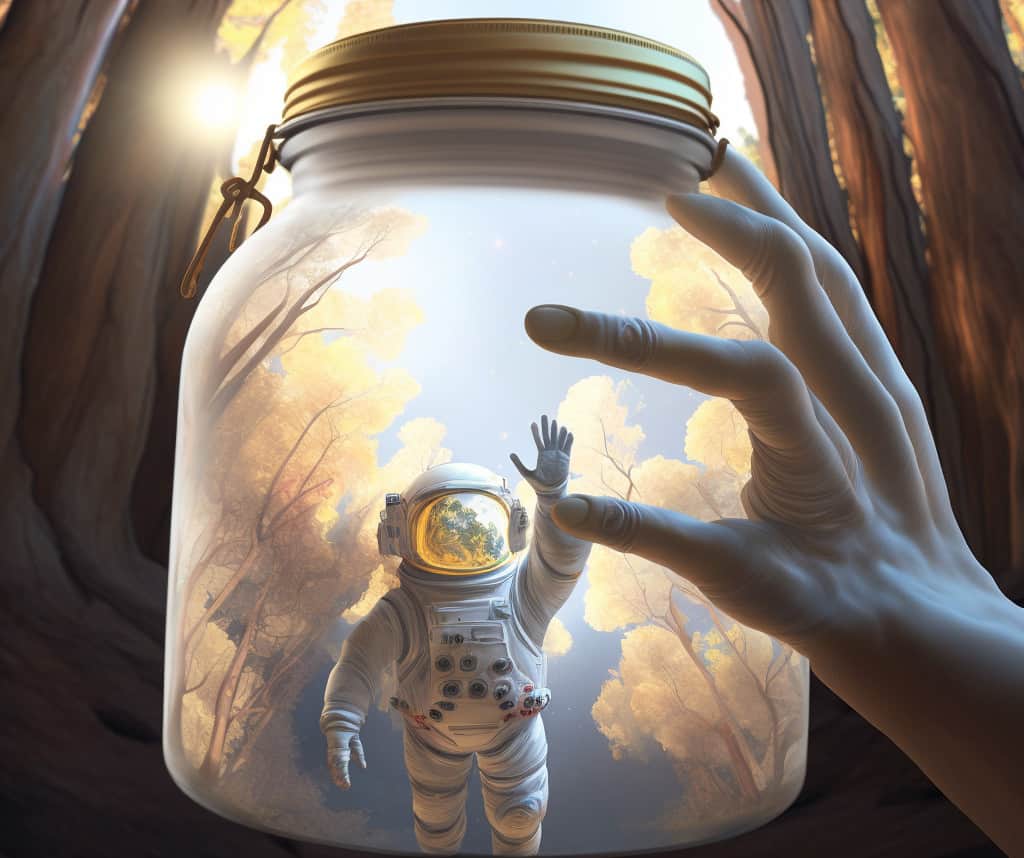
Who is the Artist – Man or Machine?
Certainly a fair question to ask when evaluating an AI generated image is who should take credit for the result? Is it the person who input the words into the text prompt, the software engineers that programmed the AI system, the creators of the images that were used to “train” the AI, or the AI algorithm itself? I will admit that my initial reaction to AI images was not positive and I had no desire to give credit to the person who entered the text prompts. I suppose a middle ground is a more reasonable position to take, and I also believe that the amount of “effort” that went into the imagining of the prompts paired with any work done to the end result would help to qualify some level of artistic claim by the person entering the prompts. But perhaps this is an interesting cross-road of human creation where-by all involved parties deserve some credit for the final creation? Given what we know about how AI image generation works, why should the end result belong to a singular entity anyways? It is going to be fascinating to see where the courts and the Copyright Office take this concept going forward and I think it will be a very bumpy ride!
Is AI Generated Imagery Considered Photography?
Interestingly, I got into a very rigorous debate about this very question with a fellow photographer on Twitter who was making the case that really anything could be considered photography and that we shouldn’t put rules around what is or is not photography. I found that line of thinking to be a bit ludicrous myself, mostly because concepts, ideas, and objects have definitions that have been established and carefully defined over long periods of time so that there is a general understanding amongst humanity as to what something is or is not. With that being said, another venture into the dictionary provides clarity as to what a photograph is: “a picture made using a camera, in which an image is focused onto film or other light-sensitive material and then made visible and permanent by chemical treatment, or stored digitally.” So, by following this definition, I don’t think one can make a cogent argument that AI generated images can ever be called a photograph. I can personally only think of one reason why someone would want to pass off an AI generated image as a photograph and that would be to deceive their audience, like this guy did. You see, for generations, humans have come to an understanding as to what a photograph is and what it represents – someone’s interpretation or documentation of an event, moment, or object – captured with a camera. A camera is a device which requires some skill to use; whereas, AI generated images use a computer algorithm to generate an image based on a prompt of words. These require vastly different skill-sets, learning curves, artistic direction, and training to use and therefore should not be classified as the same thing.
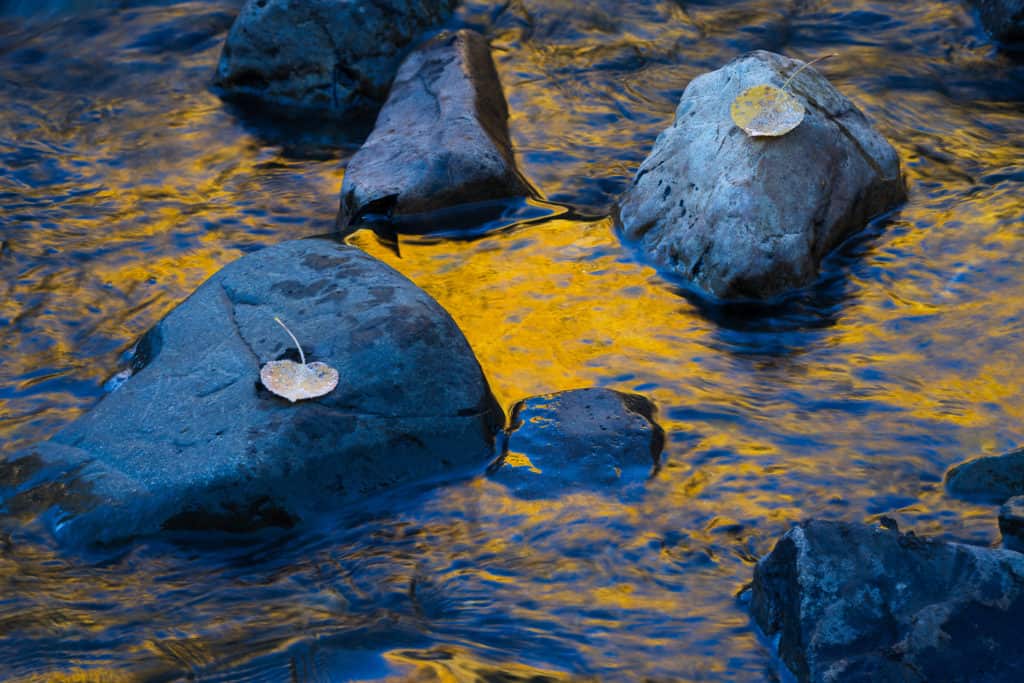
How Will AI Disrupt Photography?
Like all new technologies, AI has the potential to be massively disruptive in the photography industry. Certainly if I was in the business of creating commercial conceptual work for large brands I would be very nervous about my future as an artist. Imagine a company like Disney creating their own AI dataset of all of their own characters and then having the ability to mock-up a new movie story-board almost instantly. I certainly feel for the artists working in those capacities as their future is likely murky. Fortunately, I think that AI will have little to no impact on most other forms of photography and may even open new doors and opportunities for artists to experiment. In regards to nature photography specifically, I don’t see AI having much of an impact. Afterall, people still prefer real world experiences over virtual ones since we are social animals connected to nature. There will always be a market for helping others experience a deeper connection to nature through traditional photography and photography has proven itself as a popular hobby that encourages outdoor recreation.
Pessimistically speaking, I do think AI has the chance to disrupt more traditional landscape and nature photographers seeking to sell their photographs as artwork to the general public, whose ability to detect manipulated photos of real-world scenes is extremely limited. Recently, I saw a post on Instagram where people were fawning over a “photograph from Yosemite,” only to later learn it was generated by AI. Still, hundreds of comments poured in asking the “photographer” what it was like to capture the photo, etc. Yikes! Additionally, as more and more AI generated images that continue to blow people away flood the marketplace, I think more traditional nature photography will lose additional mass appeal, especially on social media. Unfortunately, social media algorithms help to determine what gets seen and if something has immediate visual impact, like most AI generated images do, then they will rise to the top and get seen more than traditional photography will. One thing is certain – the genie is out of the bottle and he’s not going back in.
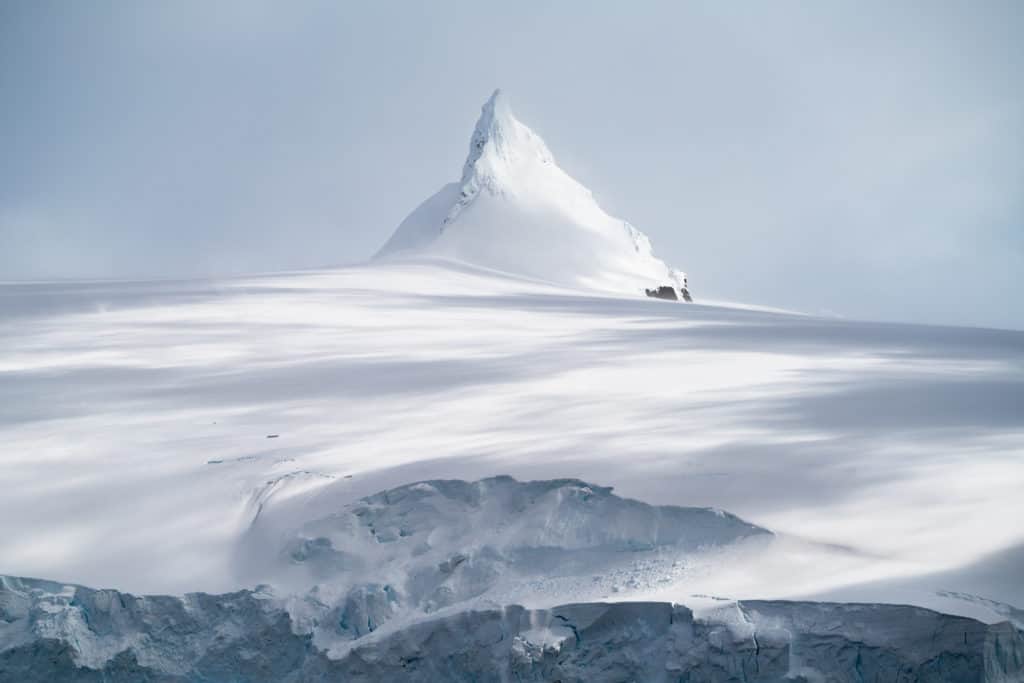
Are There Any Silver Linings?
Fortunately, I think that AI will have little to no impact on most other forms of photography and may even open new doors and opportunities for artists to experiment. It also can be an awesome tool for people to express themselves without having to leave home. Most importantly though, I think there are three silver linings that should not be overlooked. First, AI image generation still has a lot to sort out. It is notoriously bad at rendering body parts such as hands and fingers and I think most of the images look quite fantastical and gaudy. Second, I posit that some photographers that are purely motivated by extrinsic rewards such as Instagram followers, likes, and comments, may decide to shift to using AI, reducing the overall pool of people engaging in ridiculous and damaging behavior outdoors. Third, I think this is an opportunity for nature photographers to differentiate themselves as being able to offer real-life experiences in nature, which have so many positive impacts on people’s lives, ranging from improvements in mental and physical health to an increased awareness of environmental issues.
Are There Ethical Considerations?
I think if photographers are to use AI to create images, and later share them online, they should be honest about how the work is created. I think there is a fair assumption by most folks that work shared on platforms like Instagram and Flickr are assumed to be photographs unless otherwise said. If you are known as a photographer already it seems fair to postulate that most people seeing your images will also assume they are photographs. No one likes to be lied to. I don’t see any downsides to being honest about your chosen medium of art, so be proud of what you have created!
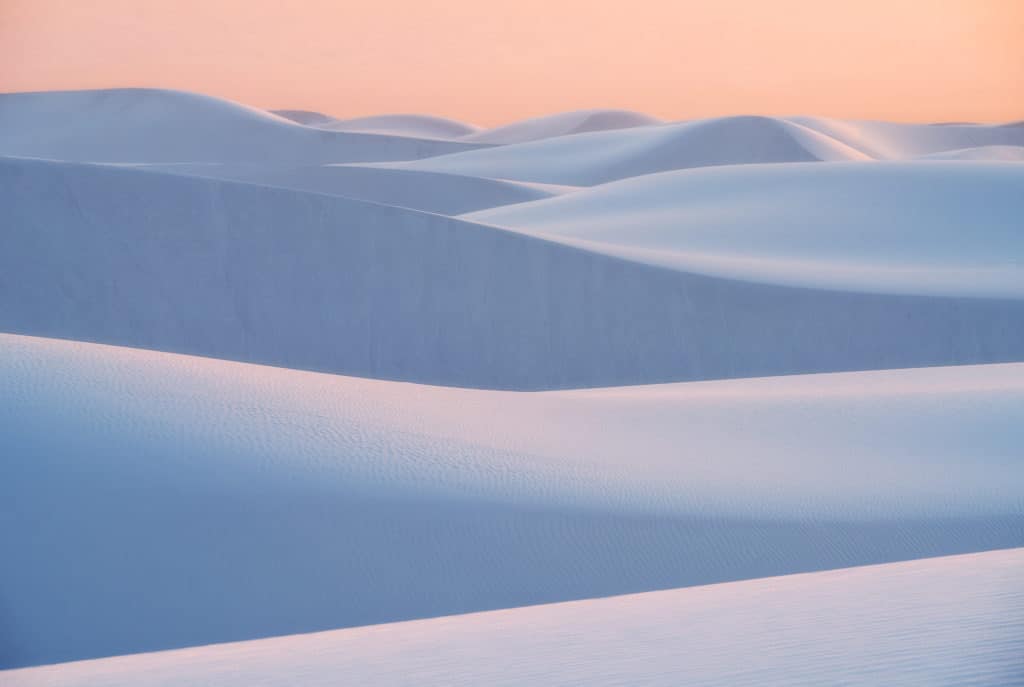
How Can I Get Started in AI?
While I am sure there are many ways to get started with AI image-making, I’ve found the Midjourney platform to be the best and most accessible. It requires you to use discord, which is a fantastic application and website that hosts servers for text, audio, and live chat relating to the server’s purpose. Using Midjourney requires you to become familiar with the various types of prompts that can be used, and they offer multiple ways you can augment your creation using various parameters. Using AI to make images can be a lot of fun, so why not give it a shot? I’d love to hear your comments below, if you have any (bonus points if you use AI to generate them).



